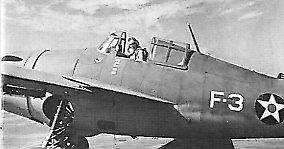BarnOwlLover
Staff Sergeant
I'm aware of the RAF investigating fitting radar to a Hawker Typhoon to make a single seat, single engine night fighter, and some Hurricanes were converted for such a role in the CBI. But were there other known successful conversions of single seat, single engine fighters to being night/all-weather fighters? I also know of the P-51D Mustang that was converted into a two seat night/all-weather interceptor, though I have no idea how well it worked (photos of it are at IWM's site), and some trainer versions of P-38s were converted into P-38M night fighters. The conversion as far as I know worked well, but there was little for them to shoot down in 1945 when it was introduced (the P-51 night fighter conversion was also from 1945).

